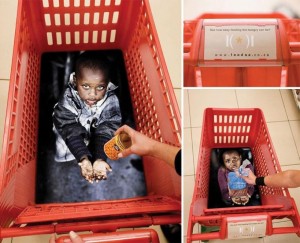Community Closing
The Globe and Mail recently posted an article about Vale, a mining company, closing part of their operations in my hometown. Thompson, Manitoba is a northern community that was built around a nickel mine, and Vale has announced it will be closing the smelting and refining factories in Thompson. This will greatly impact the community, for the nickel mine is a primary source of employment.
This closure has to do with Canada’s changing environmental policies, as well as the low nickel prices. Environmental policies restrict the emissions let out into the atmosphere each year, and the smelting and refining processes emit lots of gases. However, these policies aren’t working as the government had hoped. What these restrictions are actually doing is making Vale transport unrefined product out of Thompson via rail or semi, and refined somewhere else in Canada. Therefore, the same amount of emissions are being let into the atmosphere, as well as the emissions from the transportation of the product.
I believe that this plan to shut down a part of the mine in Thompson is a bad idea because it isn’t solving anything. The same emissions are going to be polluted, just in a different place. The policies are just inconveniencing Thompson and Vale by creating more costs and less jobs.
Source: http://www.theglobeandmail.com/report-on-business/industry-news/energy-and-resources/vale-potash-puts-saskatchewan-mine-project-on-hold/article27372521/

 images of faces, and that the colours in an advertisement inspire certain attitudes. I found these remarks to be true, especially advertisements bringing attention to poverty or hunger. The ads generally have black backgrounds with little to no colour, as well as a person with an upset look in their eyes. This creates a somber mood for the viewers.
images of faces, and that the colours in an advertisement inspire certain attitudes. I found these remarks to be true, especially advertisements bringing attention to poverty or hunger. The ads generally have black backgrounds with little to no colour, as well as a person with an upset look in their eyes. This creates a somber mood for the viewers.